There is something so satisfying about a Japanese noodle bowl with a colorful rainbow of fruit and veggies. A miso-sesame dressing builds a salty, umami quality while fresh orange segments add some sweet tang.
Is it just me, or do noodles always taste so much better out of a bowl? This Japanese soba noodle bowl is part-pasta, part-salad, and all-delicious.
These special noodles are a Japanese delicacy - artisans spend years perfecting their noodle-making craft. We don’t all have access to fresh, artisan-made soba, but you can find a decent dried version at most supermarkets that will do just fine for the recipe I’m bringing to you today.
Buckwheat noodles can quickly turn to mush in the literal blink of an eye, so I’ve included some instructions on how to cook these noodles so that you don’t overcook them.
Read below for a soba noodles healthy recipe to build a bowl with fibrous veggies like cabbage, crispy golden-baked tofu, sweet orange, and a dressing with fermented miso and sesame oil.
What are soba noodles?
These dense, chewy noodles that look like spaghetti are a staple of Japanese cuisine, often used in cold noodle bowls like this or added to hot soups.
Soba noodles mostly contain buckwheat, which is a seed containing no actual wheat. Why the name? We’re stumped but also happy that these noodles are safe for our gluten-intolerant friends. If you’re looking for gluten-free, read packages carefully as some brands contain wheat flour.
Japanese artisans are experts at making these noodles just right, so the best way to experience them is from a small, fresh batch. But, the dried versions in most supermarkets are passable and delicious, too.
How to cook soba noodles
Soba noodles are quite fragile - much more so than dried American spaghetti. They can quickly become overdone, so you’ll want to keep a very close watch while you cook this precious pasta.
- Bring a large-sized pot of water to a boil. Use a large pot with lots of extra room, as soba are prone to sticking.
- Place the soba into the water.
- Set a timer for precisely 150 seconds - 2 and ½ minutes. This amount of time will give you al dente noodles.
- Remove the noodles from the heat immediately and drain. These noodles cook so quickly that every second counts, so move fast.
- Place the buckwheat noodles directly into a bowl of cold water.
- Once they are cooked, drain and dry the noodles.
Vegetarian soba noodle recipe: Tips + FAQ
Are soba noodles healthy?
Vegan soba noodle recipes like this one are full of fibrous veggies, miso, and sesame oil. Fiber and fermented foods, like miso, both help to promote gut health and regulate digestive function.
Sesame oil is full of antioxidants and anti-inflammatories to help promote healthy aging and prevent disease.
Soba noodles vs. rice noodles
Soba noodles calories are comparable to rice noodles at about 100 calories in a 100g serving, which are much lower than traditional American wheat-based pasta.
However, the soba noodles’ nutrition overall makes this choice far superior to its rice noodle counterparts.
Soba noodles are naturally gluten-free and contain high antioxidant levels, tons of fiber, and the essential mineral magnesium.
Soba has a slightly chewy, grainy feel, which adds some fun texture to this bowl compared to slippery, smooth rice noodles.
Fun filling variations: Switch up your bowl!
- Fried shrimp. If you include fish in your diet, fry up some shrimp with garlic and toss them in your bowl;
- Change out the noodles. We love zucchini noodles for a low-carb option, spaghetti squash, or rice noodles;
- Vary the veggies. Almost anything goes for this noodle bowl, so use whatever you have on hand: carrots, spinach, eggplant, turnip, parsnips, sweet peppers, green beans, broccoli cauliflower, to name a few.
Final notes: Soba noodles recipe
We love how quick this soba noodle bowl can be whipped together for a protein-packed yet light lunch or dinner.
Remember when working with soba:
- Keep a close watch on your pot. Quickly remove and cool soba noodles to avoid overcooking;
- We baked our tofu, but you can also give your tofu cubes a quick pan-fry instead;
- And experiment with different veggies and fruits; we often use this recipe to use up some extra veggies from the fridge.
Enjoy this vegan, gluten-free bowl of Japanese noodles with all of your family and friends!
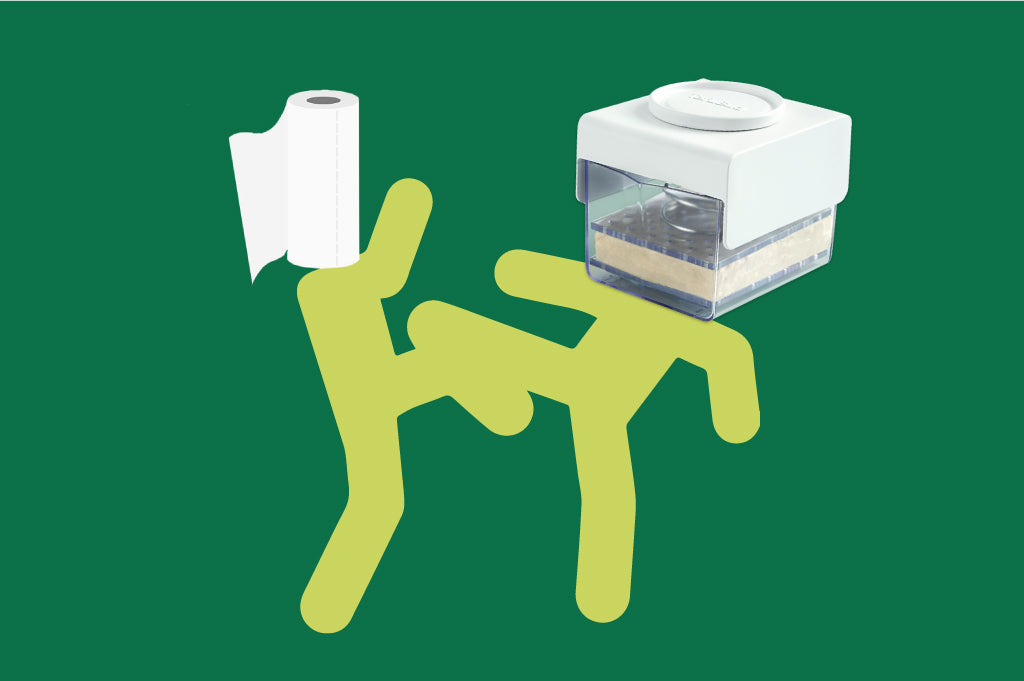



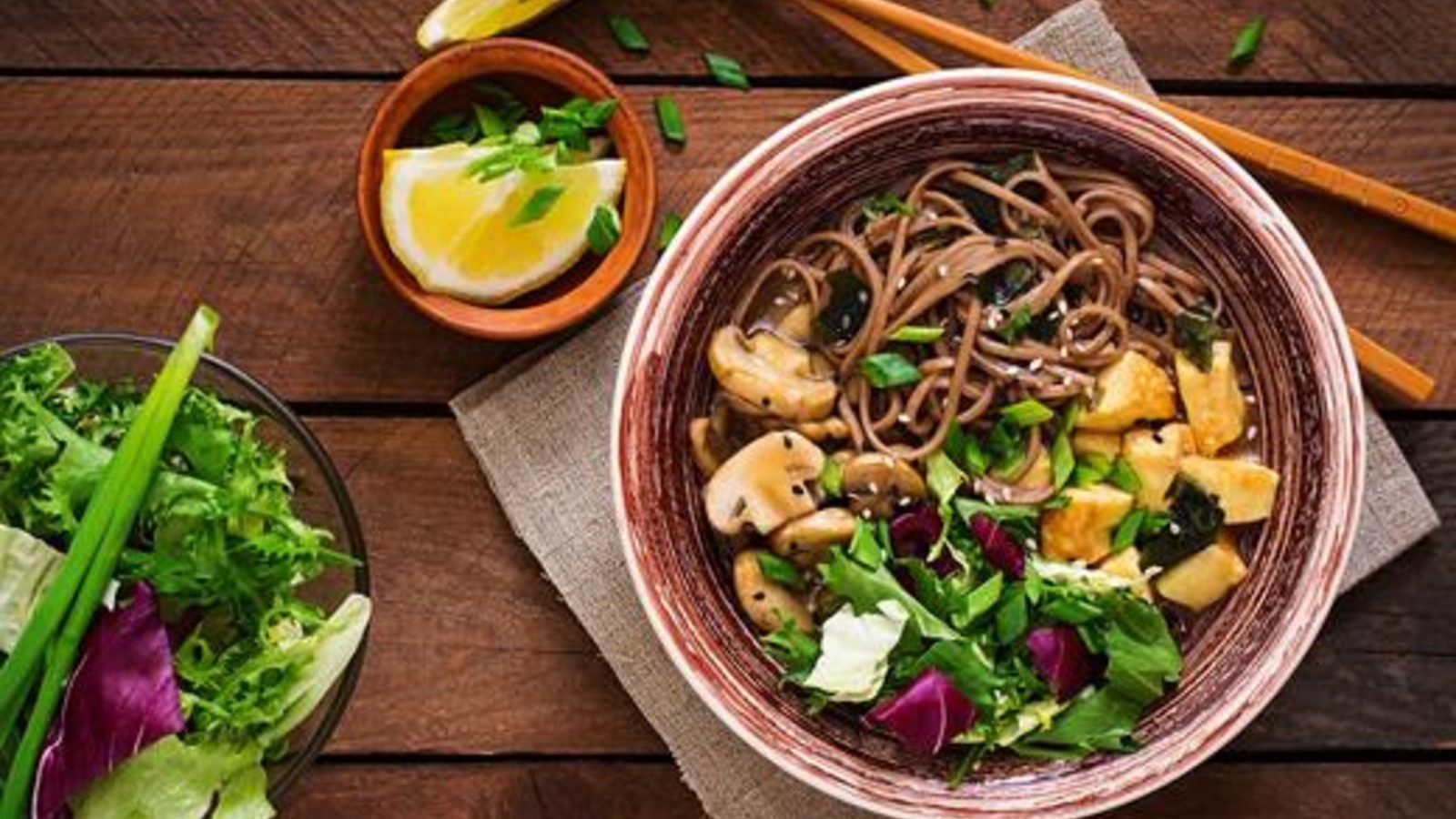
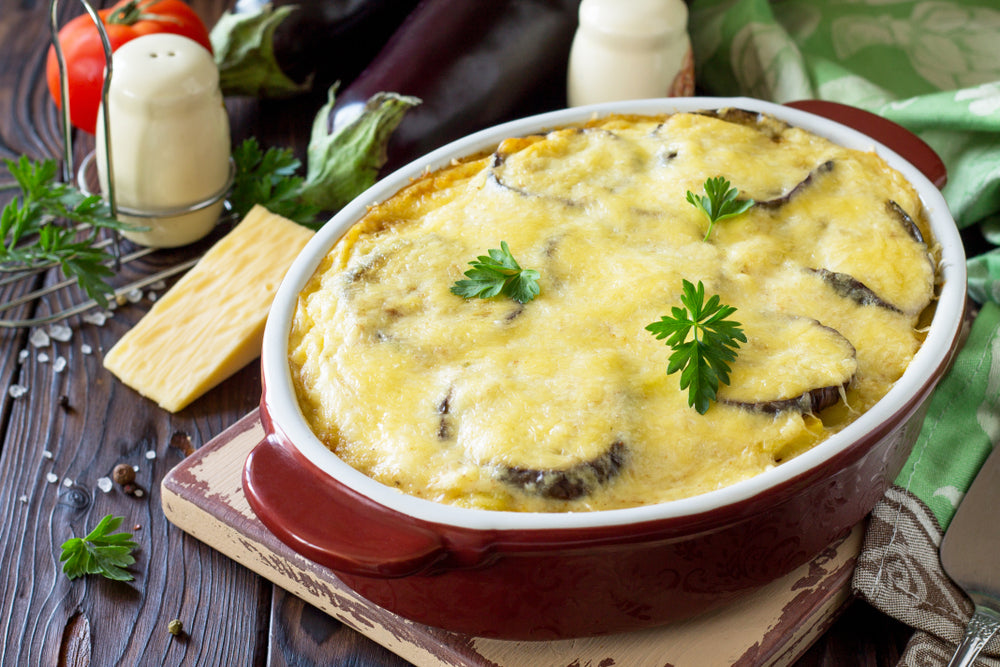
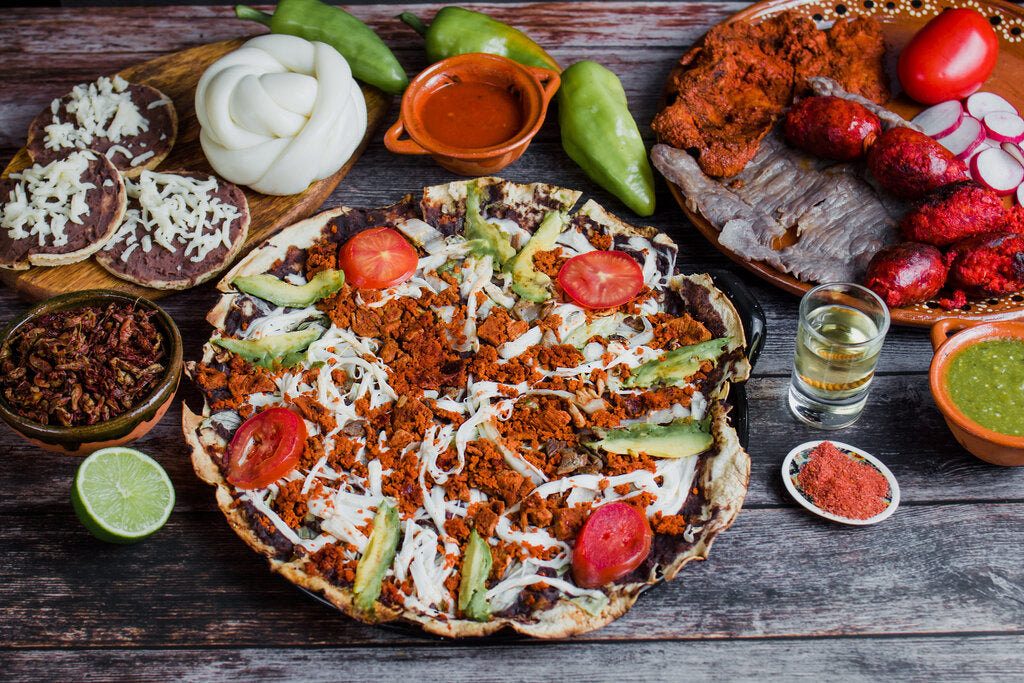
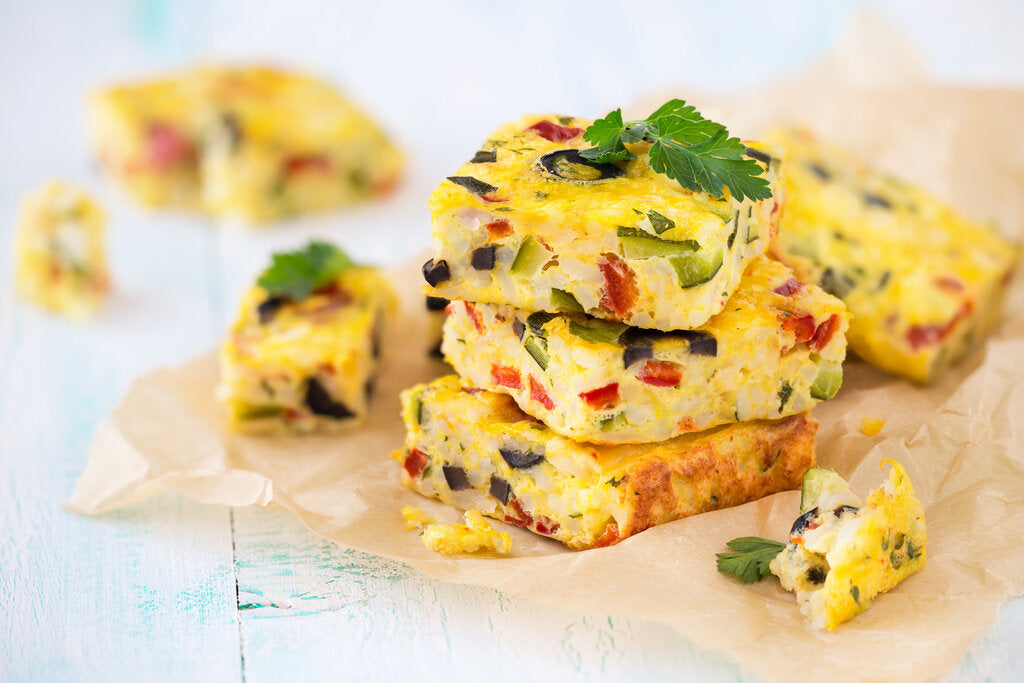
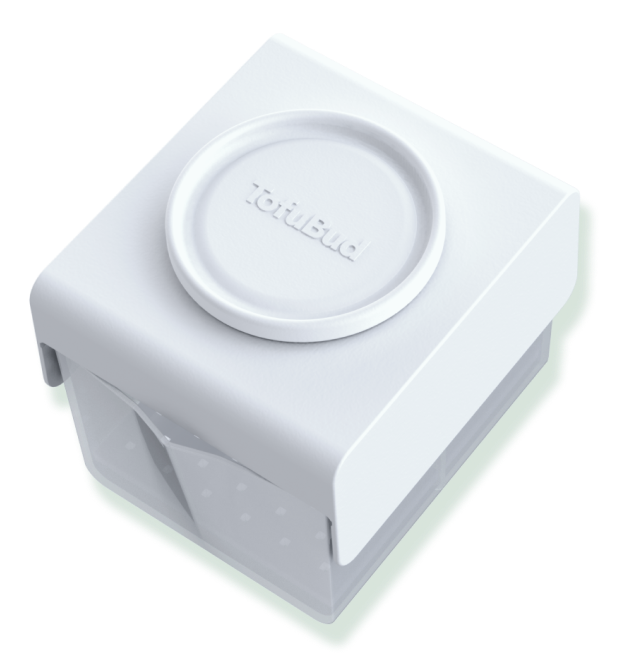
Leave a comment (all fields required)